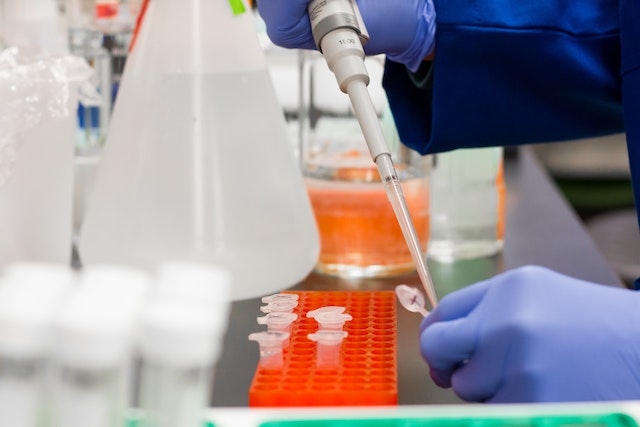Cytotoxicity assays play a crucial role in drug discovery, toxicology studies, and biomedical research. These in vitro assays provide valuable insights into the potential toxic effects of substances on living cells. By measuring the viability and metabolic activity of cells, researchers can evaluate the safety profile of various compounds and develop a better understanding of their mechanism of action. This article aims to explore the fundamentals of cytotoxicity assays, highlighting their importance and key methodologies while emphasizing the in vitro nature of these tests.
Importance of Cytotoxicity Assays
Cytotoxicity assays are essential for assessing the potential harmful effects of chemicals, pharmaceuticals, and other substances on human health. By utilizing in vitro assays, researchers can evaluate the cytotoxic effects of compounds before proceeding to in vivo studies, thereby minimizing risks associated with animal testing and facilitating the identification of potential therapeutic candidates. These assays also aid in evaluating the safety profile of various consumer products, such as cosmetics, food additives, and pesticides.
In Vitro Assays: A Safer Alternative
In vitro assays refer to experiments conducted in controlled laboratory settings outside of living organisms. Compared to in vivo studies, in vitro assays offer several advantages, including reduced costs, faster turnaround times, and the ability to investigate a wide range of compounds simultaneously. These assays utilize cell cultures, typically derived from human or animal cells, to mimic physiological conditions and provide a reliable platform for studying cellular responses to different substances.
Key Methodologies for Cytotoxicity Assessment:
MTT Assay: The MTT (3-(4,5-dimethylthiazol-2-yl)-2,5-diphenyltetrazolium bromide) assay is one of the most commonly used colorimetric assays. It measures mitochondrial activity as an indicator of cell viability. Live cells convert MTT into a purple formazan product, which is quantified spectrophotometrically (In vitro MTT assay).
LDH Assay: The lactate dehydrogenase (LDH) assay detects the release of LDH enzyme into the culture medium, indicating cellular damage and loss of membrane integrity. This assay measures the cytotoxic effects of compounds that disrupt cell membranes.
ATP-based Assays: ATP-based assays measure the intracellular ATP levels, which are indicative of cellular metabolic activity and viability. Examples include the CellTiter-Glo® and CellTiter-Blue® assays, which utilize luminescent or colorimetric signals, respectively, to quantify ATP levels.
High-Content Screening (HCS): HCS combines automated microscopy and image analysis to evaluate multiple cytotoxicity endpoints simultaneously, including cell viability, morphology, proliferation, and apoptosis. It enables a more comprehensive assessment of compound effects on cellular behavior.
Conclusion
Cytotoxicity assays are indispensable tools for assessing the potential toxic effects of compounds in drug discovery, toxicology studies, and other research areas. The use of in vitro assays allows researchers to obtain reliable and relevant data while reducing the need for animal testing. By employing various methodologies such as the MTT assay, LDH assay, ATP-based assays, and high-content screening, researchers can comprehensively evaluate cytotoxicity and make informed decisions regarding compound safety and efficacy. As advancements in technology continue, cytotoxicity assays will continue to evolve, facilitating the development of safer and more effective therapeutic interventions.

I have read this article of yours. You have given information in great detail. Very good. And this article of yours is quite long. This article is very beneficial for people like us.
ReplyDeleteGuys Join our Education WhatsApp groups [ Education WhatsApp Groups].
Guys Join Gujarat News WhatsApp groups for getting latest News [ Gujarat news WhatsApp Groups].
ReplyDelete